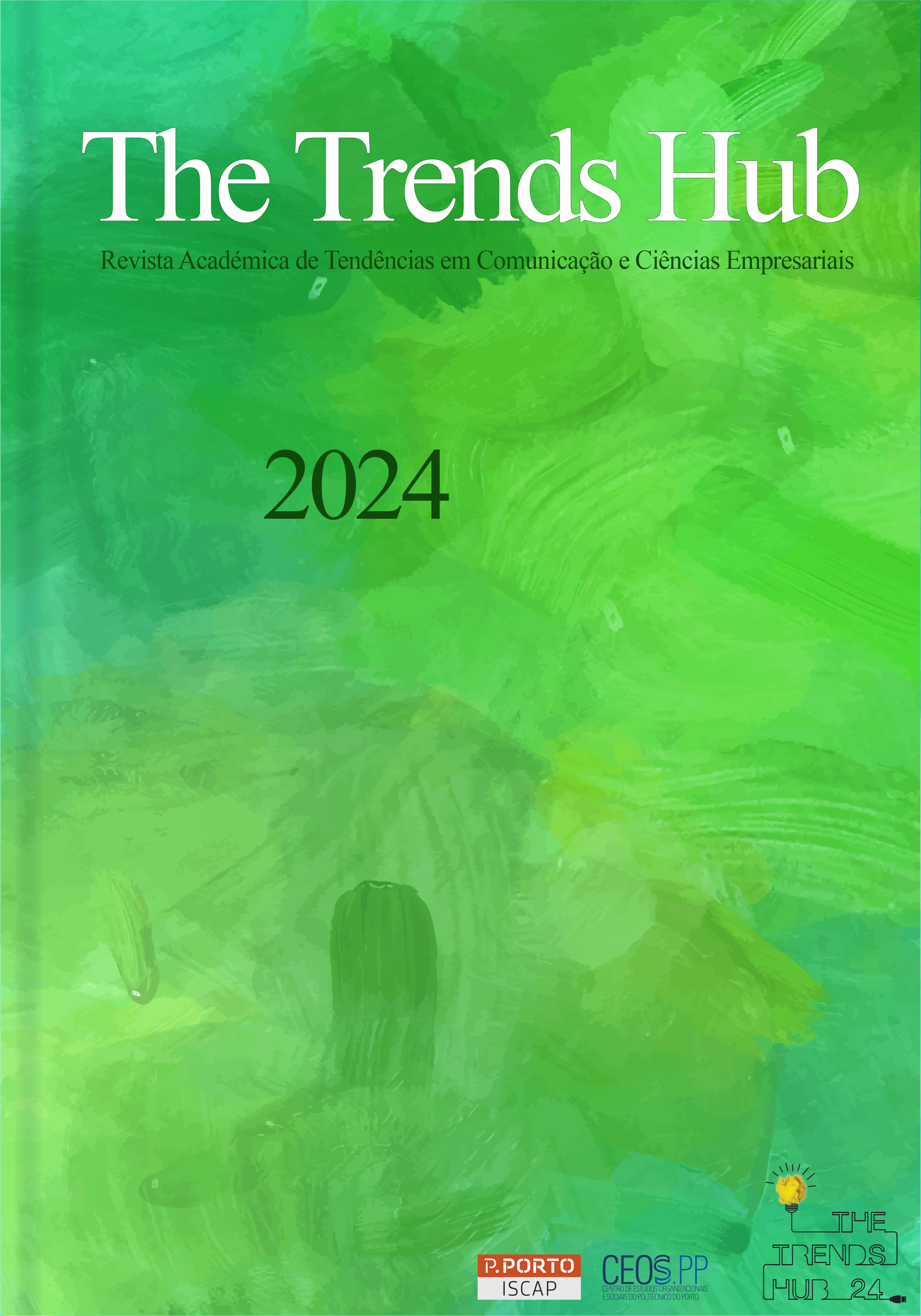TikTok: escolhemos o que vemos ou o algoritmo escolhe por nós?
DOI:
https://doi.org/10.34630/tth.vi4.5701Keywords:
TikTok, Algorithm, Artificial Intelligence, Social Media, Digital MarketingAbstract
Short videos have been a part of our everyday life with TikTok being easily accessible, its advantage is how tailor-made it is, creating a digital representation of us. Given how customizable this social network is, it begs the question of whether we actually choose what we see or does TikTok's recommendation algorithm make that choice for us. Before conducting this work, I thought that there was no control on the part by the users in relation to what they viewed, however, after conducting this work, the answer is more complex than I previously thought. Consequently, this article will unfold with an introductory part explaining the popularity of TikTok, and subsequently a discussion about the behavior of its algorithm. After conducting the analyses, the conclusion I reached is that there is a symbiotic relationship between user and algorithm, where both must necessarily coexist.
Keywords: TikTok, Algorithm, Artificial Intelligence, Social Media, Digital Marketing
References
Bhandari, A., & Bimo, S. (March de 2022). Why’s Everyone on TikTok Now? The Algorithmized Self and the Future of Self-Making on Social Media. Social Media + Society, 8(1), 205630512210862. doi:10.1177/20563051221086241
Chen, Z., & Shi, C. (10 de August de 2022). Analysis of algorithm recommendation mechanism of TikTok. International Journal of Education and Humanities, 4(1), 12-14. Obtido de https://doi.org/10.54097/ijeh.v4i1.1152
Ionescu, G. C., & Licu, M. (2023). Are TikTok Algorithms Influencing Users’ Self-Perceived Identities and Personal Values? A Mini Review. Social Sciences, 12(8), 465. Obtido de https://doi.org/10.3390/socsci12080465
Joseph, S., A, J. E., & Chandran, S. (2015). Stream Computing: Opportunities and challenges in smart grid (Vol. 21). Procedia Technology. Obtido de https://doi.org/10.1016/j.protcy.2015.10.008
Lu, J., Wu, D., Mao, M., Wang, W., & Zhang, G. (June de 2015). Recommender System Application Developments: A survey. Decision Support Systems, 74, 12-32. doi:10.1016/j.dss.2015.03.008
Martin, N., Swennen, M., Depaire, B., Jans, M., Caris, A., & Vanhoof, K. (2015). Batch Processing: Definition and Event Log Identification. Obtido de https://link.springer.com/book/10.1007/978-3-319-53435-0
Scalvini, M. (2020). Negotiating morality and ethics: the post-Millennial perspective on TikTok. doi:10.31124/advance.12800663
Smith, T., & Short, A. (2022). Needs affordance as a key factor in likelihood of problematic social media use: Validation, Latent Profile Analysis and comparison of TikTok and Facebook problematic use measures. Addictive Behaviors, 129, 1-12. Obtido de https://doi.org/10.1016/j.addbeh.2022.107259
Taylor, S. H., & Brisini, K. S. (January de 2024). Parenting the TikTok algorithm: An algorithm awareness as process approach to online risks and opportunities. Computers in Human Behavior, 150, 107975. Obtido de https://doi.org/10.1016/j.chb.2023.107975
Wang, P. (2022). Recommendation Algorithm in TikTok: Strengths, Dilemmas, and Possible Directions. International Journal of Social Science Studies, 10(5), 60. Obtido de https://doi.org/10.11114/ijsss.v10i5.5664
Zhao, Y. (2020). Analysis of TikTok’s success based on its algorithm mechanism. 2020 International Conference on Big Data and Social Sciences (ICBDSS). doi:10.1109/icbdss51270.2020.00012
Zhao, Z. (2021). Analysis on the “Douyin (Tiktok) mania” phenomenon based on recommendation algorithms (Vol. 235). E3S Web of Conferences. Obtido de https://doi.org/10.1051/e3sconf/202123503029
Downloads
Published
How to Cite
Issue
Section
License
Copyright (c) 2024 The Trends Hub

This work is licensed under a Creative Commons Attribution-NonCommercial-NoDerivatives 4.0 International License.


